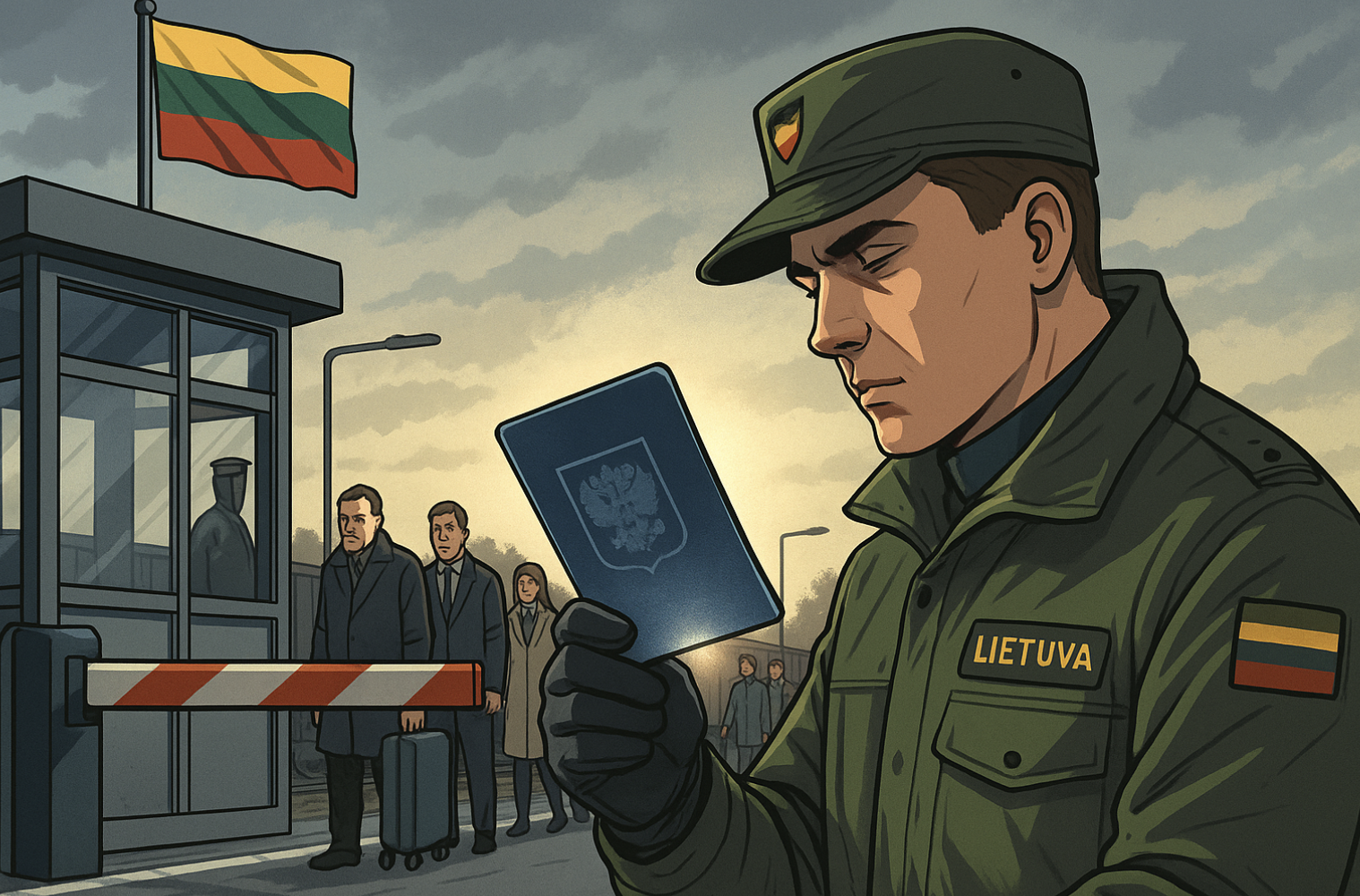читайте также
 Spain’s Real Estate: Record Prices and Falling Yields
Spain’s Real Estate: Record Prices and Falling Yields
 Fuel crisis at Seattle Airport: the Olympic Pipeline outage has disrupted supplies
Fuel crisis at Seattle Airport: the Olympic Pipeline outage has disrupted supplies
 European Hotel Construction Market Breaks Records: Upper Upscale Segment Reaches New Heights
European Hotel Construction Market Breaks Records: Upper Upscale Segment Reaches New Heights
 Middle East Hotel Construction Pipeline Hits Record High: 659 Projects and 163,816 Rooms Under Development
Middle East Hotel Construction Pipeline Hits Record High: 659 Projects and 163,816 Rooms Under Development
 New Rules for Greece’s Golden Visa: What Changes for Investors
New Rules for Greece’s Golden Visa: What Changes for Investors
 Holiday Travel 2025: Less Spending, More Generational Shifts — Deloitte’s New Forecast
Holiday Travel 2025: Less Spending, More Generational Shifts — Deloitte’s New Forecast
Lithuania to Ban Russian Non-Biometric Passports: Who Else in Europe Supports the Move and What It Means

Starting June 1, 2025, Lithuania will no longer recognize non-biometric foreign passports issued by the Russian Federation. The decision comes amid a broader tightening of visa and border control policies across the European Union.
Biometric Identity as a Security Standard
The policy was formalized in a joint decree signed on May 23, 2025, by Lithuania’s Minister of Foreign Affairs Kęstutis Budrys and Minister of the Interior Vladislav Kondratovich. The statement emphasizes the goal of enhancing national security, mitigating the risk of forgery, and tightening border access controls.
"Passports without biometric data are a security vulnerability," Kondratovich said. "We’re closing that gap in our system."
Technically, non-biometric passports lack embedded microchips that store facial images and fingerprints, making them easier to forge and harder to verify at border checkpoints.
Exceptions: Who Can Still Enter
Despite the strict measure, the regulation outlines exceptions for specific categories of travelers. Entry with a non-biometric Russian passport may be allowed for:
Members of the Russian opposition
Independent journalists
Civil society representatives whose activities align with Lithuanian interests
Travelers in transit between Kaliningrad and mainland Russia via railway
Each case will be reviewed individually, with close scrutiny of travel purpose and identity verification.
Which EU Countries Have Already Enforced Similar Bans
Lithuania’s move is not isolated. Other EU member states have already stopped recognizing non-biometric Russian passports, including:
- Denmark
- Czech Republic
- Estonia
- France
- Iceland
These efforts align with standards set by the International Civil Aviation Organization (ICAO), which recommends using machine-readable and biometric travel documents as a baseline for global identity security.
Borders, Geopolitics, and Digital Verification
Foreign Minister Kęstutis Budrys stressed that Lithuania has already restricted mobility for certain Russian citizens over the past two years, particularly individuals affiliated with intelligence services.
“Some of the most high-profile attacks in Europe were executed using falsified documents. Today, biometric data is our shield,” Budrys noted.
With these new rules, Lithuania is reinforcing its borders not only physically, but through enhanced digital verification. In practice, this means that every passport will be scanned and cross-checked with biometric databases—making entry with outdated documents virtually impossible.
What Comes Next?
More EU countries—particularly in the Baltic and Nordic regions—are expected to follow Lithuania’s example in the coming months. Visa and immigration policy is moving toward rigid identity authentication, digital documentation, and tiered access models.
For Russian citizens planning to travel abroad, especially to the Schengen Area, obtaining a biometric passport is becoming essential—not just for tourism, but for business, education, and transit.
Conclusion
Amid rising concerns over document forgery and personal identity risks, European nations are increasingly adopting biometric technologies as the cornerstone of border security. Lithuania joins a growing list of countries redefining access control around technology-based trust. In this context, a valid passport is no longer just a travel document—it’s a digital key to Europe’s controlled mobility space.





